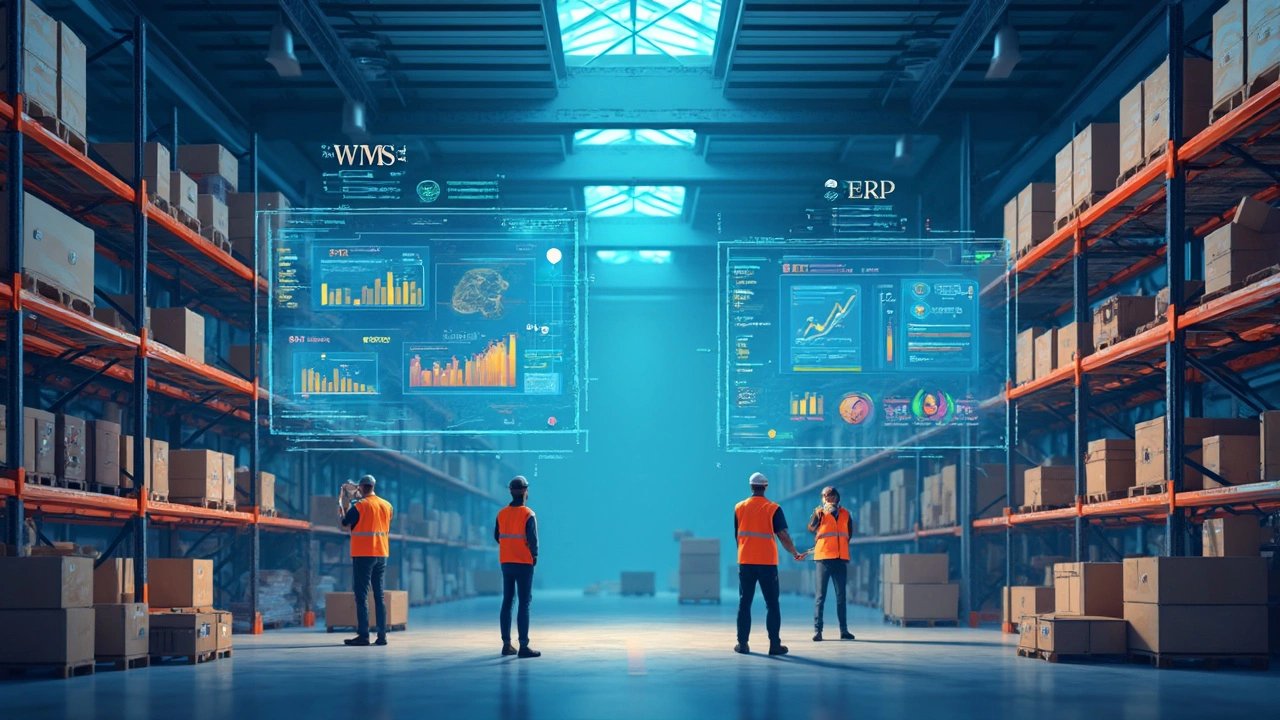ERP Made Simple for Logistics and Delivery Companies
If you run a courier or warehouse, you’ve probably felt the pain of juggling spreadsheets, phone calls, and endless emails. An ERP (Enterprise Resource Planning) system pulls all those tasks into one place, so you can see orders, inventory, and drivers on a single screen. Think of it as a control centre that talks to every part of your operation without you having to copy data back and forth.
Why ERP Matters in Logistics
First off, ERP gives you real‑time visibility. When a package is picked up, the system updates the status instantly, letting customers track their shipments without waiting for a manual email. That instant feedback reduces calls to your support desk and builds trust.
Second, it cuts waste. By linking inventory levels to incoming orders, ERP stops you from over‑stocking or running out of space. Your warehouse staff gets clear pick lists, which means fewer mistakes and faster loading times. The result? Lower labor costs and happier clients.
Third, ERP helps you stay on top of compliance. Whether you need to log driver hours or generate customs paperwork, the software can auto‑fill forms and keep records for audits. You spend less time hunting for paperwork and more time moving parcels.
Choosing the Right ERP for Your Delivery Business
Start by listing the biggest headaches in your day‑to‑day. Is it route planning, inventory control, or billing? Look for an ERP that offers strong modules in those areas. Many providers let you add features later, so pick a core system that can grow with you.
Next, test the user experience. Your drivers and warehouse crew should be able to tap a tablet or phone and see what they need without endless training. A cluttered interface defeats the purpose of speed.
Don’t forget integration. Your existing GPS tracker, e‑commerce platform, or accounting software should plug in easily. Open APIs and pre‑built connectors save you from custom development costs.
Finally, compare total cost of ownership. Some ERP vendors charge per user, others per transaction. Add in implementation fees, training, and ongoing support. A cheaper upfront price might end up costing more if you need extra custom work later.
Implementing ERP isn’t a one‑night miracle, but the payoff shows up quickly. You’ll see fewer missed deliveries, tighter inventory, and clearer cash flow. In the fast‑paced world of same‑day delivery, that kind of clarity can be the difference between winning and losing a customer.
WMS vs ERP Systems: What's the Real Difference for Warehouses?
WMS and ERP systems might sound similar, but they're built for different jobs in the warehouse world. This article breaks down how each system works, where the overlap is, and where you need one over the other. Get clear examples and straight answers about their main features. Learn the common mistakes people make when choosing between the two. Pick the best software to keep your warehouse humming smoothly.
Logistics Software: What Do Companies Really Use?
Logistics runs on software, but not every system does the same thing. From warehouse management to route planning, the right tools can make or break how goods move. This article breaks down the main categories of logistics software, what they actually do, and why choosing the right stack can save money and headaches. You'll find practical tips and industry examples that make complex tech decisions a bit less intimidating. Perfect for anyone who's new to logistics or just wants to know how companies keep up with today’s shipping chaos.
© 2025. All rights reserved.


